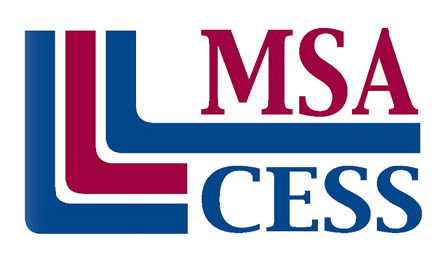Today there is much talk of the “me “age and of the “selfie” generation, and I thought I would share this observation of empathy in action to demonstrate how we can alter outcomes and put others first. A while back while I was visiting one of our toddler classes, I saw one of our students get bumped on his head. I could tell that it hurt. He immediately started to cry, the cry that tells of real pain. One of his peers was the first to reach him and he asked what happened. Through his tears the little boy held his head and pointed to the object of his hurt. His young friend clearly understood and proceeded to rub his friend’s head. He continued to rub and in the most caring tone told his friend he would feel better soon and it would be all right. He stayed by his friend’s side until the little boy eventually stopped crying; adult intervention although offered was not needed, he did not even want ice. His friend’s kindness toward him healed his hurt. I saw it all unfold and it restored my confidence in the fact that we can help our youngest students care.

What a moment to behold, empathy in action in such a young child. No prods, no direction, no words needed by any adult. This is a child who understands hurt and feelings and was able to respond naturally to his friend.
The definition of empathy is “the ability to understand and share the feelings of another.” Children who can empathize are in touch with their own feelings and are able to connect theirs with what another is experiencing.
One can ask, is a child born with an innate ability to empathize or is it learned. Research says it can be either. Have you ever seen a baby or young child offer up his blanket, bottle, toy, or something treasured to someone who is feeling sad, or upset? It happens, and is empathy in the making. We do know that not every child or adult can empathize. The great news is that we also know that empathy can be taught and the earlier the better.
So in a nutshell how can we teach empathy? It is easy to do the following:
Ø Role model, a child does what a child sees
Ø Validate a child’s feelings
Ø Discuss feelings with children and give them “feeling” words to express them.
Ø Praise kind and empathic behavior and responses
Submitted by Colette B. Cross
 What a moment to behold, empathy in action in such a young child. No prods, no direction, no words needed by any adult. This is a child who understands hurt and feelings and was able to respond naturally to his friend. The definition of empathy is “the ability to understand and share the feelings of another.” Children who can empathize are in touch with their own feelings and are able to connect theirs with what another is experiencing.
What a moment to behold, empathy in action in such a young child. No prods, no direction, no words needed by any adult. This is a child who understands hurt and feelings and was able to respond naturally to his friend. The definition of empathy is “the ability to understand and share the feelings of another.” Children who can empathize are in touch with their own feelings and are able to connect theirs with what another is experiencing.


